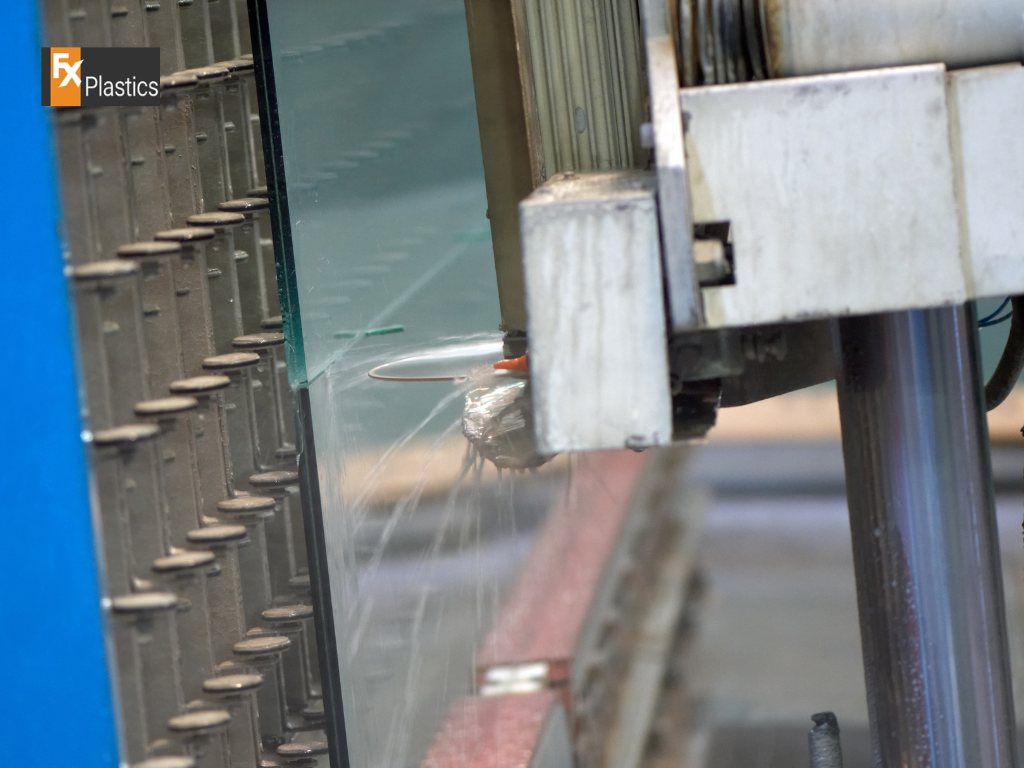In the dynamic world of construction, Perspex (also known as acrylic or plexiglass) has carved out a significant role due to its unique properties and versatility. Traditionally celebrated for its clarity and light transmission, Perspex cut to size is increasingly being recognized for its adaptability in various building projects. From external glazing to interior design elements, Perspex offers a modern, stylish, and practical alternative to traditional materials. Exploring the future applications and potential of Perspex is essential, as the construction industry continually seeks innovative solutions to meet evolving architectural demands and sustainability goals.
Current State of Perspex in Construction
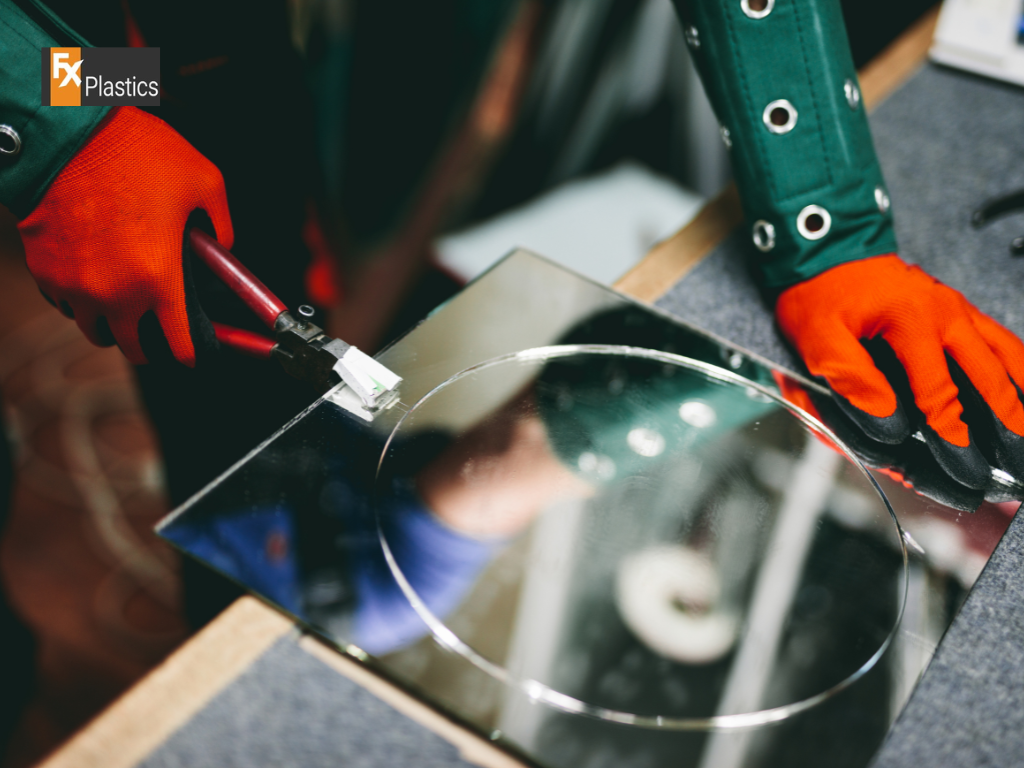
Overview of How Perspex Is Used in Modern Building Projects
Currently, Perspex cutting finds a variety of applications in modern construction. It is widely used for skylights, light diffusers, noise barriers, and as a lightweight alternative to glass in windows and facades. Perspex’s ability to be molded into various shapes makes it suitable for unique architectural features. Its use in signage, decorative panels, and as part of furniture pieces highlights its versatility in both functional and aesthetic roles within building projects.
Benefits and Limitations of Perspex in Current Construction Practices
Perspex offers several benefits in construction, such as its excellent clarity, resistance to UV light, and durability against weathering. It is lighter than glass and more impact-resistant, making it a safer option in certain applications. However, its limitations include susceptibility to scratches and lower resistance to heat compared to glass. While Perspex can be more cost-effective than glass in some applications, its long-term durability in exterior uses can be a concern, especially in harsh environmental conditions.
Emerging Trends in Perspex Applications
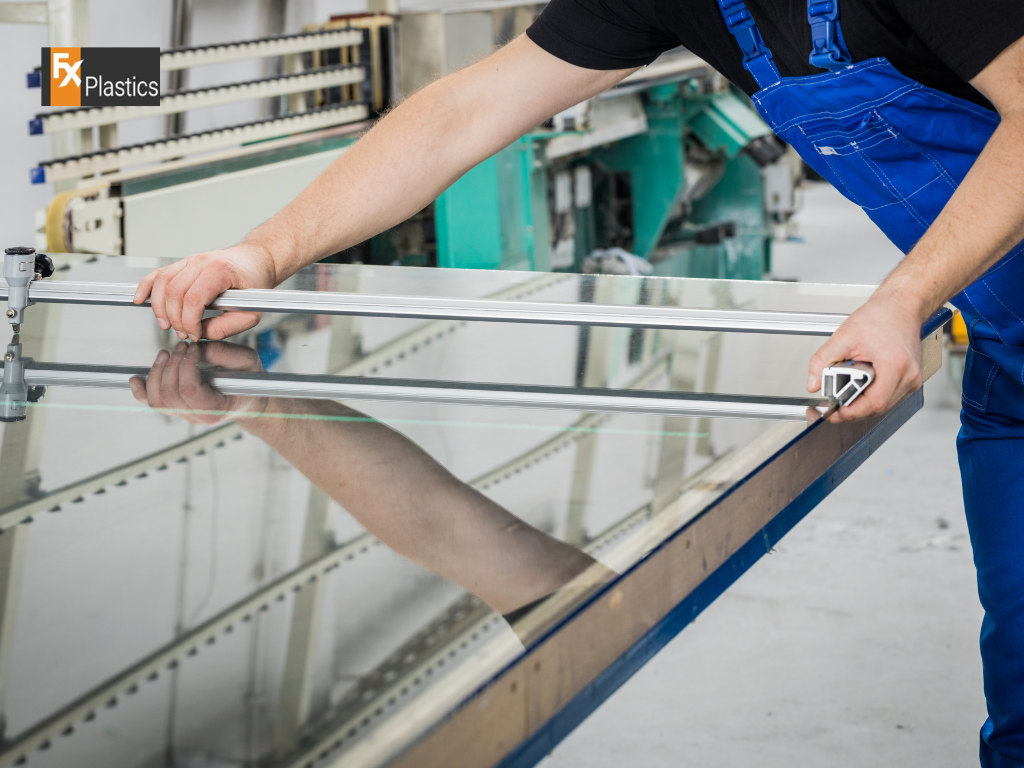
Recent Innovations in Perspex Use in Construction
Recent innovations in the use of Perspex cut to size in construction include its integration into energy-efficient building designs. Innovations such as UV-cured coatings are enhancing its durability and scratch resistance. The use of Perspex in green buildings, particularly in applications that capitalize on its light diffusing properties, is gaining popularity. Its application in modern façade design also demonstrates an innovative shift towards combining aesthetics with functionality.
How Changing Architectural Trends Influence Perspex Usage
As architectural trends evolve towards more sustainable and energy-efficient designs, Perspex is increasingly being adopted due to its favorable properties. The trend towards minimalist and contemporary designs has also elevated the use of Perspex, with architects and designers favoring its sleek and modern look. Furthermore, the growing trend of biophilic design, which integrates natural elements into the built environment, is seeing Perspex being used in creative ways to blur the lines between indoor and outdoor spaces.
Advancements in Perspex Material Technology

Developments in the Composition and Manufacturing of Perspex
The composition and manufacturing of Perspex have undergone significant advancements aimed at enhancing its properties and applications in construction. New formulations have resulted in Perspex that is stronger, more flexible, and more resistant to environmental factors. Enhanced manufacturing techniques have also enabled the production of Perspex in a wider range of textures, finishes, and colors, expanding its design possibilities.
Anticipated Improvements in Durability and Versatility
Future advancements in Perspex technology are expected to further improve its durability and versatility. Research is focused on developing Perspex that can withstand higher temperatures and harsher environmental conditions without compromising clarity or color. There is also ongoing work to enhance its acoustic insulation properties and fire resistance, making it more suitable for a broader range of applications in construction. Additionally, the development of eco-friendly, recyclable types of Perspex aligns with the industry’s growing commitment to sustainability.
Perspex in Sustainable and Green Building Design
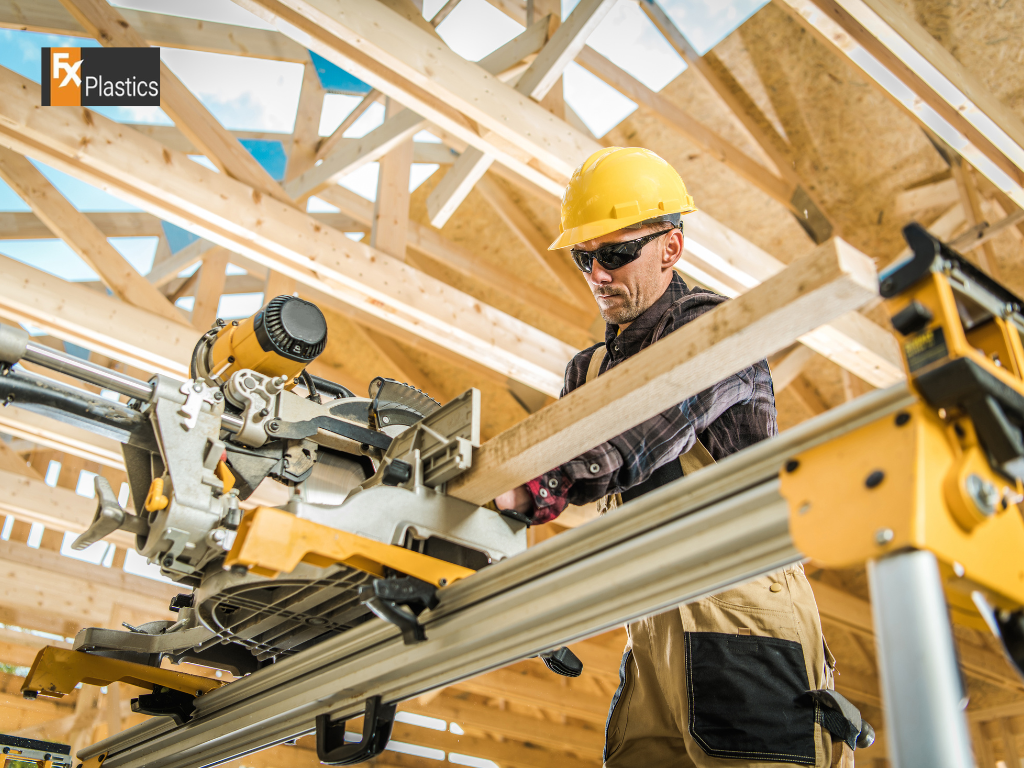
The Role of Perspex in Eco-Friendly Construction
Perspex plays a significant role in eco-friendly construction due to its properties like light transmission and durability. In green building design, it is used to enhance natural lighting, thereby reducing the need for artificial lighting and contributing to energy efficiency. Additionally, its lightweight nature lowers transportation and installation energy costs compared to traditional glass. The use of Perspex in exterior applications can also contribute to thermal insulation, further supporting energy-saving goals in sustainable construction.
Future Potential of Perspex in Sustainable Building Practices
Looking ahead, the potential of Perspex in sustainable building practices is vast. Research is underway to develop recyclable or bio-based forms of Perspex, which would further enhance its eco-friendliness. The integration of Perspex with renewable energy technologies, such as solar panels, is another area of potential, transforming building surfaces into energy-generating elements. These innovations could see Perspex playing a central role in the future of sustainable architecture.
Integration of Perspex with Smart Building Technology
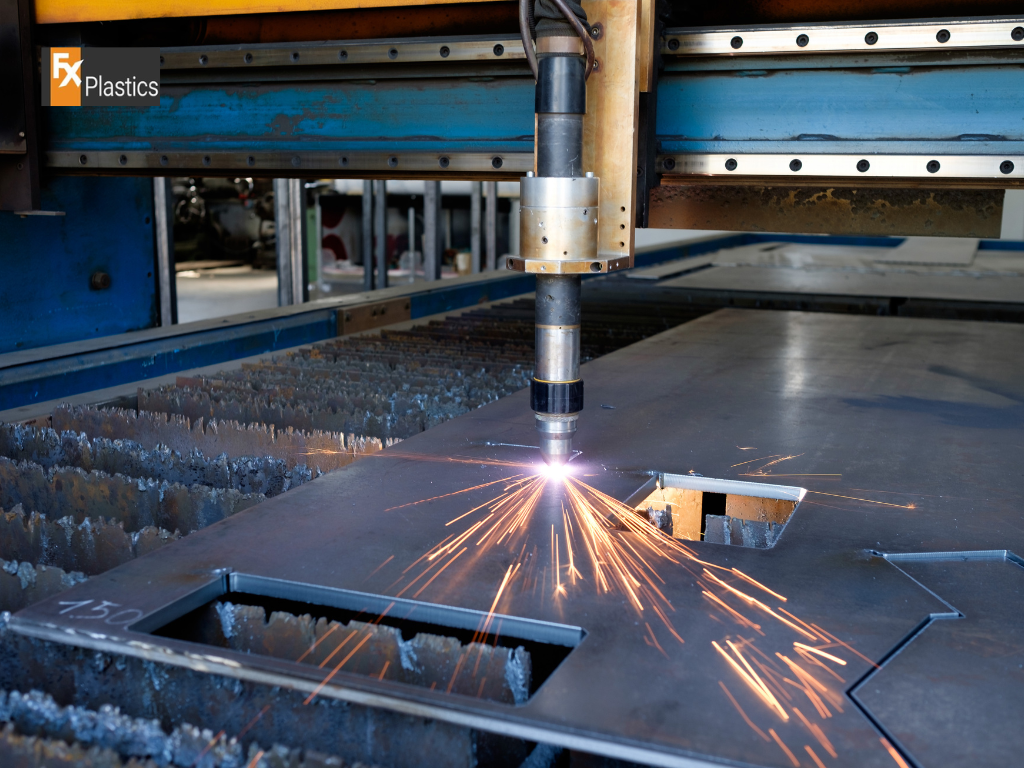
Opportunities for Combining Perspex with Smart Technologies
The combination of Perspex with smart building technologies presents numerous opportunities. Perspex’s compatibility with LED lighting systems and digital displays opens avenues for interactive and dynamic architectural features. Implementing Perspex as an interface for smart controls or as a medium for augmented reality displays in buildings could revolutionize the way we interact with our living and working spaces.
Potential Impact of Smart Perspex Applications in Building Design
The potential impact of integrating smart technologies with Perspex in building design is significant. It could lead to the development of adaptive building skins that change appearance and function in response to environmental conditions or user needs. This integration could also enhance building safety and accessibility, making environments more responsive and user-friendly.
Future Challenges and Solutions in Perspex Implementation
Identifying Potential Challenges in Expanding Perspex Use
As the use of Perspex expands, challenges such as environmental impact, cost, and material limitations must be addressed. The production and disposal of Perspex, especially in large quantities, raise environmental concerns. Additionally, the cost factor could be a barrier in wider adoption, and the material’s limitations in certain applications require careful consideration.
Solutions and Strategies to Overcome These Challenges
To overcome these challenges, continuous innovation in material science is essential. Developing more sustainable production methods and recycling processes for Perspex is crucial. Addressing cost issues could involve finding efficient production techniques or creating cost-effective hybrid materials. Expanding the application range of Perspex requires research into enhancing its properties, such as heat resistance and load-bearing capacity.
Architectural Aesthetics and Perspex

Evolving Aesthetic Trends and the Role of Perspex
In the realm of architectural aesthetics, Perspex is increasingly recognized for its ability to enhance design versatility. Evolving trends see Perspex being used not just for functionality but also as a key element in creating visually striking designs. Its ability to be molded into various shapes and its wide range of finishes and colors allow architects to experiment with innovative design concepts. Perspex can seamlessly blend with both modern and traditional aesthetics, making it a flexible choice for various architectural styles.
Future Design Possibilities with Perspex in Architectural Elements
Looking forward, the possibilities of incorporating Perspex into architectural designs are expansive. The future may see Perspex being used in more dynamic and interactive ways. Imagine buildings with color-changing Perspex elements, or facades that adapt to environmental changes. The integration of Perspex with other materials could lead to new design languages that challenge conventional architectural norms.
The Economic Impact of Perspex in the Construction Sector

Cost-Effectiveness of Perspex in Future Building Projects
In terms of economic impact, Perspex offers a cost-effective alternative to traditional materials like glass, especially in specific applications where its properties are advantageous. Its durability and low maintenance requirements contribute to long-term savings. As manufacturing technologies evolve, the cost-effectiveness of Perspex is likely to increase, making it a more attractive option in the construction sector.
Impact on the Construction Market and Supply Chain
The growing use of Perspex is poised to impact the construction market and supply chain significantly. As demand increases, there may be shifts in supply chain dynamics, with an emphasis on sustainable sourcing and production methods. This could lead to more localized manufacturing and an increase in specialized Perspex products tailored for construction needs.
Regulatory and Compliance Aspects
Navigating Building Codes and Regulations for Perspex Use
As Perspex becomes more prevalent in construction, navigating building codes and regulations will become increasingly important. Ensuring that Perspex applications meet safety standards, fire regulations, and sustainability benchmarks will be crucial. Staying abreast of these regulations and anticipating changes will be key for architects and builders using Perspex.
Anticipating Changes in Compliance as Perspex Evolves
As the properties and applications of Perspex evolve, so too will the regulatory landscape. Anticipating these changes and adapting designs accordingly will be essential. This may involve collaborating with regulatory bodies to understand and influence future standards that accommodate the innovative use of Perspex while ensuring safety and sustainability.
Conclusion
The future role of Perspex in building and construction is marked by immense potential. From influencing architectural aesthetics to impacting economic and regulatory aspects, Perspex stands as a material that blends innovation with practicality. As the industry moves forward, the adaptation and innovative use of materials like Perspex will be crucial in shaping future building and construction projects, balancing aesthetic appeal with functional, economic, and environmental considerations.

